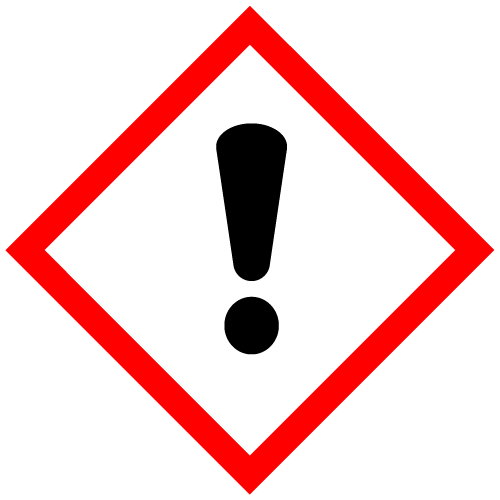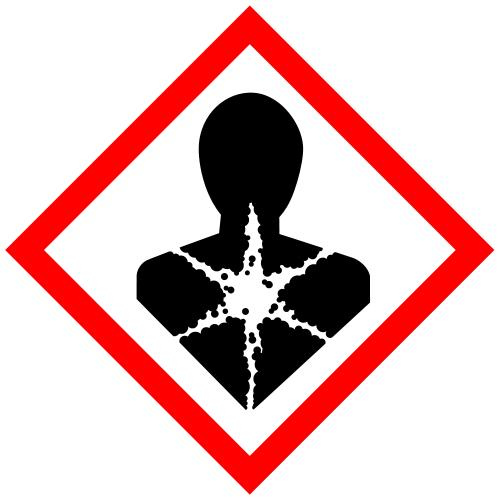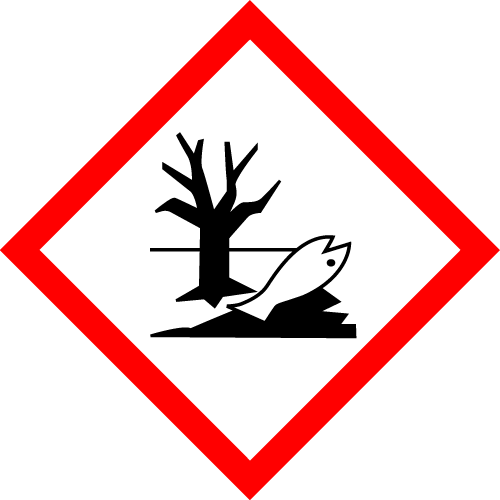Litharge (Massicot) Pigment
Litharge is made by oxidation of lead, wielding a finely divided powder of high purity. Litharge is not used as a pigment in oil painting but was used in manuscript illumination (egg tempera and watercolor), encaustic, and fresco.
WARNING! Contains Lead. Read the SDS for cautionary statements.
Rublev Litharge is made by a modern process of direct oxidation of lead, wielding a finely divided yellow-orange powder of high purity. Litharge is monoxide of lead and usually contains about 93 percent of lead and 7 percent of oxygen. It is not used as a pigment in oil painting but in manuscript illumination (egg tempera and watercolor) and infrequently in fresco painting.
| Pigment Names | |
| Common Names: | English: litharge, yellow lead monoxide French: plomb oxidé jaune German: Lithargit Italian: Spanish: lithargita, plomo Amarillo |
| Synonyms: | English: chrysitin, lead monoxide, lead ocher, masicotite, massicolite, massicottite, masticot, piombo ossidato, plumbic ochre French: plomb oxidé jaune German: Bleiglätte, Bleioxyd, Masicotit, Massicolit, Massicottit, Silberglätte Italian: Spanish: litarjirio nativo, masicotita, massicolita, massicottita |
Origin and History
Both massicot and litharge are often terms used for the same pigment, but more correctly, each is a lead monoxide derived from different sources. Massicot is the unfused monoxide of lead made by gently roasting white lead at 300° C. The heat causes the white lead to give off carbon monoxide and water, leaving a soft, sulfurous yellow powder that is massicot. Litharge is the fused and crystalline oxide formed from the direct oxidation of molten metallic lead. Litharge is more orange compared to massicot due to the content of some red lead (lead tetraoxide). Litharge is rarely used as a pigment compared to massicot but was more commonly employed in varnishes and glazes. The manufacture of yellow lead monoxide has been known since Ancient times and is found in Egypt, Europe, and North and South America.
The name massicot is derived from early Arabic, through the Spanish mazacote and the French name for oxide of lead.
Source
Lead monoxide exists in two modifications: litharge and massicot. Litharge, or alpha lead monoxide, is a red or reddish-yellow solid, has a tetragonal crystal structure, and is stable at temperatures below 488° C (910° F). Massicot, or beta lead monoxide, is a yellow solid with an orthorhombic crystal structure; it is stable above 488° C. Massicot is the orthorhombic variety of PbO. The tetragonal variety is the mineral litharge. Both minerals have the same chemistry, PbO, but different structures. Because of this, they are called dimorphs (“di” means “two,” and “morph” means “shape”). Two other much more famous dimorphs are diamond and graphite, which are composed of carbon. Litharge is similar to the more common massicot, but the tetragonal structure is lighter than massicot’s structure. Litharge is also more orange in color. The two minerals are easily distinguished in petrographic microscopes due to optical differences. It has been found that many crystals of massicot have a fringe of litharge.
Litharge, produced by the oxidation of lead, is the most important commercial compound of lead; it is used in large amounts directly and as the starting material for preparing other lead compounds. Containing roughly 93 percent lead and seven percent oxygen by weight, it is manufactured by oxidizing metallic lead in various processes, each resulting in a distinctive variation in physical properties. Hence, it is available in many particle sizes and two crystal forms.
Permanence and Compatibility
The color appears permanent in all mediums, but due to its siccative effect on oil, it cannot be used as a pigment in this vehicle. Litharge is an effective drier in linseed, poppy seed, walnut, and safflower oil.
Uses in Oil Painting Mediums and Varnishes
The following are directions from Mackenzie’s Five Thousand Receipts in All the Useful and Domestic Arts by Colin MacKenzie:
“When painters wish to obtain a common colour of the ochrey kind, and have no boiled oil with them, they may paint with linseed oil, not freed from its greasy particles, by mixing with the colour about two or three parts of litharge, ground on piece of porphyry with water, dried, and reduced to fine powder, for 16 parts of oil. The colour has a great deal of body, and dries as speedily as if mixed with drying oil.”
How to Make Drying Oil
The following are directions from Mackenzie’s Five Thousand Receipts in All the Useful and Domestic Arts by Colin MacKenzie:
“Boil together for two hours on a slow and equal fire, half an ounce of litharge, as much calcined ceruse [Note: Substitute calcined ceruse with litharge], and the same of terre d’ombre [Nd’ombreber] and talc [Note: hydrated magnesium silicate], with one pound of linseed oil, carefully stirring the whole time. It must be carefully skimmed and clarified. The older it grows, the better it is. A quarter of a pint of this dryer is required to every pound of colour.”
Italian Medium
Another source describes the following recipe as a method of preparing a drying oil painting medium with litharge and wax, essentially making a “black oil.“ Jacques Maroger first described this medium on page 164 of his book Secret Formulas and Techniques of the Masters. It is made in the following way (all measurements are given by weight):
Raw linseed oil ...........................10 parts
Litharge ........................................ 1 part
Beeswax ....................................... 1 part
“It is advisable to grind the litharge with a little of the oil before mixing it with the rest of the oil. The mixture is then heated to 250° C., and when it turns black, the product is finished. Upon cooling, it thickens into a paste.“
“In actual usage, the results are very close to the true Italian medium. This paste has the advantage that anybody can make it without difficulty. It is mixed (by means of the palette knife) into each color on the palette, including the white. There can be no definite prescription for its use, as it is a matter of individual taste; the use may vary with different subjects. It can be thinned with raw oil or, preferably, with gum turpentine. This can be worked into it with the palette knife for use on the palette or kept in the oil cup for further dilution of the colors.“
Oil Absorption and Grinding
Litharge is not used as a pigment in oil painting because of its siccative effect on oil. It can be used with aqueous media such as egg tempera, gum Arabic (watercolor), and animal glue. It can also be used in the encaustic (wax) technique and in the true fresco technique.
Toxicity
Litharge is toxic if inhaled as dust or if ingested. Using pigment to make paint or dry oil can be hazardous, so protective clothing and work hygiene must be used to ensure safe use. The sale of lead compounds in some countries has been prohibited. Painters may suffer from “painters’ plumism“ if they are careless using it. Care should be used when handling the dry powder pigment so as not to inhale the dust. Do not smoke, eat, or drink while using the pigment in any form, including in a paint binder.

Rublev Colours Pigment: Litharge (Massicot)
| Pigment Information | |
| Color: | Yellow |
| Colour Index: | Pigment Yellow 46 (77577) |
| Chemical Name: | Lead Monoxide |
| Chemical Name: | PbO |
| ASTM Lightfastness Rating | |
| Acrylic: | Not Rated |
| Oil: | Not Rated |
| Watercolor: | Not Rated |
| Properties | |
| Specific Gravity: | 9.14–9.35 |
| Density: | 9.56 g/cm3 |
| Hardness (Mohs): | 2 |
| Refractive Index: | nα=2.510 nβ=2.610 nγ=2.710 |
| SKU | 437-59 |
|---|---|
| Brand | Rublev Colours |
| Vendor | Rublev Colours |
| Processing Time | Orders ship on Tuesdays and Thursdays. |
| Color | Orange, Yellow |
| Pigment Type | Inorganic, Historical, Synthetic |
DANGER! CONTAINS LEAD. HARMFUL IF SWALLOWED. Avoid ingestion and skin contact. Wear protective clothing and gloves to prevent contact with skin. Never use near children or pets. Read the MSDS for all cautionary statements. Conforms to ASTM D 4236.
DANGER
CONTAINS LEAD / CONTIENT DU PLOMB
DO NOT APPLY TO SURFACES ACCESSIBLE TO CHILDREN OR PREGNANT WOMEN.
NE PAS APPLIQUER SUR UNE SURFACE ACCESSIBLE AUX ENFANTS OU AUX FEMMES ENCEINTES.
Must be used exclusively as material for the purposes of arts, crafts or hobbies, not for use by children. Utiliser uniquement aux fins suivantes comme matériaux pour les besoins d’art, d’artisanat ou passe-temps, pas pour une utilisation par les enfants.
Hazard Pictograms
 |  |  |
| GHS07: Exclamation Mark | GHS08-2: Health Hazard | GHS09: Environment |
Signal Word: Danger
Hazard Designation
H302 Harmful if swallowed.
H332 Harmful if inhaled.
H360 May damage fertility or the unborn child.
H373 May cause damage to organs through prolonged or repeated exposure.
H410 Very toxic to aquatic life with long lasting effects.
Safety Designation
P260 Do not breathe dust/fume/gas/mist/vapors/spray.
P261 Avoid breathing dust/ fume/ gas/ mist/ vapors/ spray.
P280 Wear protective gloves/ clothing/ eye/ face protection.
P281 Use personal protective equipment as required.
P405 Store locked up.
P501 Dispose of contents/ container according to regional, national and international regulations.


